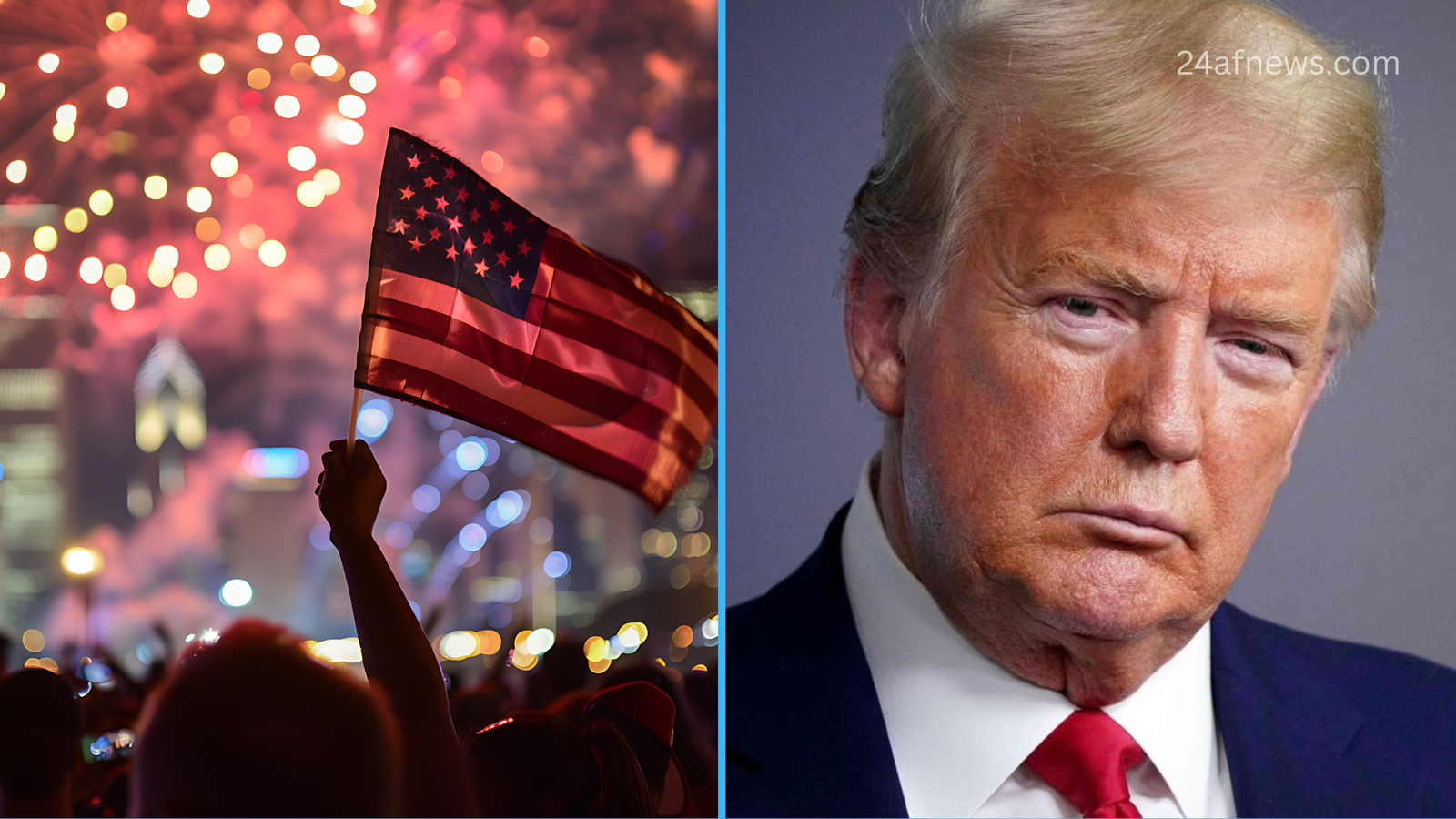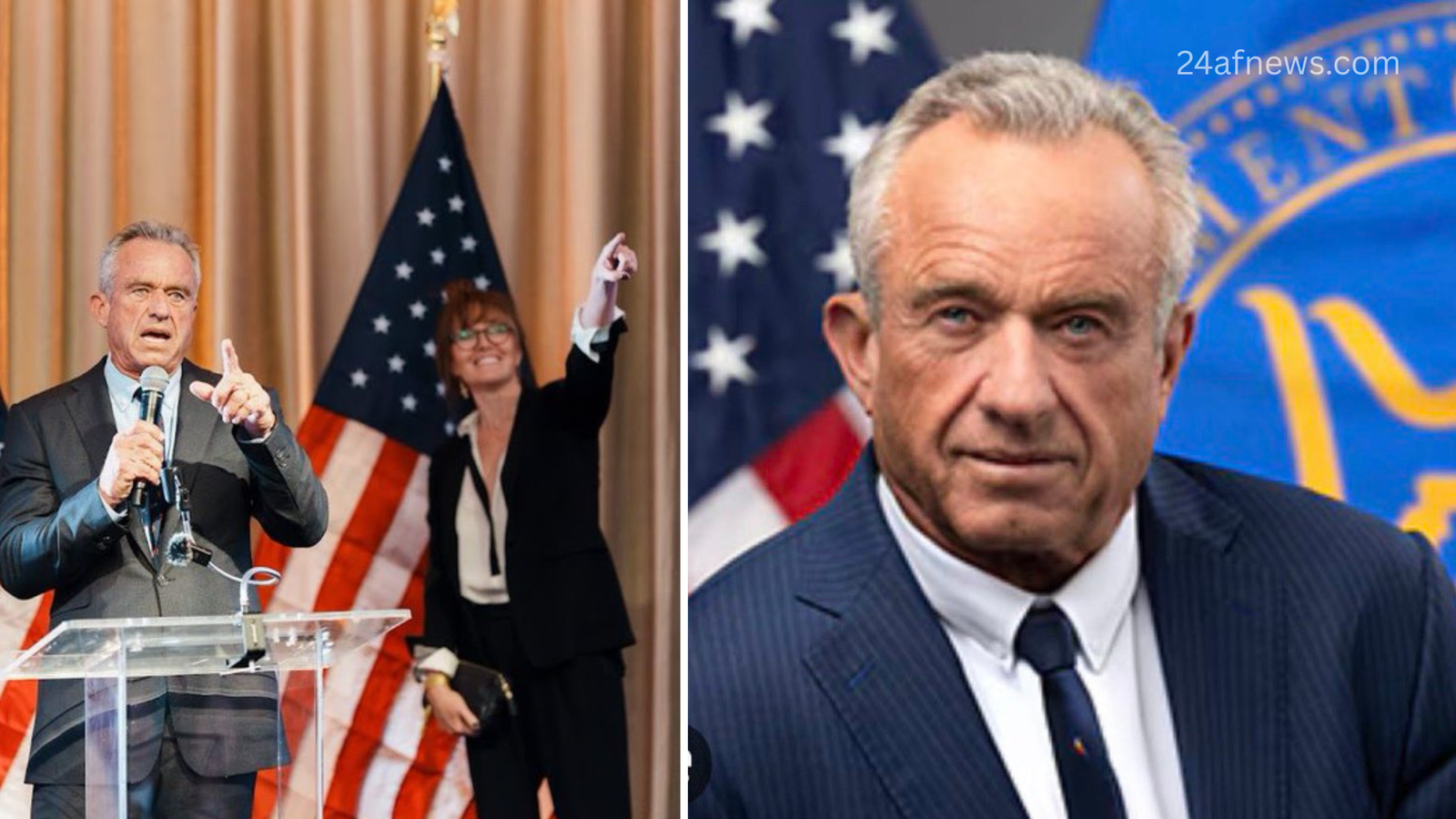
Hey there! If you’ve been following the news, you know that Trump administration policies are making waves again in 2025. Donald Trump, back in the White House as of January 2025, has rolled out some bold moves that have everyone talking. From deploying the National Guard to tackle crime in major cities to shaking up state-funded media like Voice of America, his decisions are sparking debates across the nation. Let’s break it all down in a way that’s easy to follow, packed with insights, and optimized for search engines like Google. Ready? Let’s dive in.
National Guard Deployments: A Controversial Crime-Fighting Strategy
One of the most headline-grabbing aspects of the Trump administration policies is the deployment of the National Guard to cities like Los Angeles and Washington, D.C. Trump has argued that these deployments are critical to restoring law and order in areas he claims are plagued by crime. In Los Angeles, for instance, thousands of National Guard troops, along with a smaller contingent of Marines, were sent in June 2025 to address protests tied to immigration enforcement. Trump’s reasoning? These cities need a strong federal presence to curb what he calls “rampant lawlessness.”
But here’s where things get tricky. A federal judge in California, Charles Breyer, ruled that Trump’s use of the National Guard in Los Angeles violated the Posse Comitatus Act, a law from 1878 that limits the military’s role in domestic law enforcement. The judge didn’t mince words, warning that Trump’s actions risked creating a “national police force with the President as its chief.” Ouch. That’s a bold accusation, and it’s got people wondering whether these deployments are about safety or something more political.
In my opinion, the idea of using the National Guard to address urban crime is a double-edged sword. On one hand, cities like Los Angeles and D.C. have faced real challenges with protests and public safety, and a strong response might reassure some communities. On the other, turning the military into a domestic police force raises serious questions about overreach and civil liberties. The Posse Comitatus Act exists for a reason—it’s meant to keep the military out of civilian affairs unless absolutely necessary. Was Los Angeles really in a state of “rebellion,” as Trump claimed? Judge Breyer didn’t think so, and I’m inclined to agree. Local law enforcement had already calmed the protests before the troops arrived, which makes the deployment feel more like a power play than a necessity.
Washington, D.C.: A Crime Emergency or Political Theater?
Trump’s focus on Washington, D.C., is another key piece of the Trump administration policies puzzle. In August 2025, he declared a “crime emergency” in the nation’s capital, deploying 800 National Guard troops and taking control of the D.C. Metropolitan Police Department under the District of Columbia Home Rule Act. Trump painted a grim picture, describing D.C. as overrun by “violent gangs, bloodthirsty criminals, and roving mobs of wild youth.” Pretty dramatic, right?
Here’s the catch: crime data tells a different story. According to the Metropolitan Police Department, violent crime in D.C. is at a 30-year low, with a significant drop since a spike in 2023. Homelessness is also down nearly 20% compared to five years ago. So why the emergency declaration? Critics, including D.C. Mayor Muriel Bowser, argue that Trump’s actions are more about flexing federal muscle than addressing an actual crisis. Bowser has pointed out that local efforts were already driving down crime, and she called Trump’s takeover “unsettling and unprecedented.”
I think there’s something to this critique. Washington, D.C., isn’t a state, which gives the president unique powers over its governance. But using those powers to federalize the police and deploy troops feels like a risky precedent. If crime stats are improving, why escalate things? It’s hard not to see this as Trump targeting Democratic-run cities to score political points. That said, his supporters argue that any action to make cities safer is a win, even if the data doesn’t fully back up the “emergency” label. It’s a classic case of perspective shaping policy.
Shutting Down Voice of America: A Media Crackdown?
Another major move in the Trump administration policies is the decision to issue executive orders targeting state-funded broadcasters like Voice of America (VOA). Trump has called these outlets “anti-Trump” and argued that they’re a waste of taxpayer money. In February 2025, he signed an executive order titled “One Voice for America’s Foreign Relations,” which effectively called for shutting down VOA and other broadcasters. The rationale? Trump claims these outlets push narratives that undermine his administration’s goals.
This move has stirred up a lot of controversy. VOA has long been seen as a cornerstone of U.S. public diplomacy, broadcasting news and American values to audiences worldwide. Critics argue that closing it down could weaken America’s soft power abroad, especially at a time when global influence matters. Supporters, on the other hand, say VOA has become too politicized and needs a reset to align with national interests.
My take? Shutting down VOA feels like a step too far. While no media outlet is perfect, VOA has a track record of providing balanced reporting in places where free press is scarce. Calling it “anti-Trump” seems more like a personal grievance than a policy grounded in evidence. Plus, cutting off a platform that promotes American ideals could backfire, especially when competing with state-run media from countries like China or Russia. I’d argue for reforming VOA if there are legitimate concerns, not dismantling it entirely.
Legal Battles and Broader Implications
The Trump administration policies aren’t happening in a vacuum—they’re facing serious pushback. In California, Governor Gavin Newsom celebrated Judge Breyer’s ruling against the National Guard deployment, calling it a victory for democracy. He’s argued that Trump’s actions are “authoritarian” and that crime rates are actually higher in Republican-led states. Newsom’s not wrong—FBI data shows that violent crime is often higher in red states, which undercuts Trump’s narrative of blue-city chaos.
But Trump isn’t backing down. He’s hinted at sending troops to other cities like Chicago, despite warnings from local leaders like Illinois Governor JB Pritzker, who’s vowed to fight any such move in court. The legal battles are just getting started, and they could shape how far Trump can push his agenda. The Ninth Circuit Court of Appeals, for instance, previously overturned one of Breyer’s rulings, suggesting that Trump might find ways to work around legal roadblocks.
In my view, these legal fights are a healthy sign of checks and balances at work. Presidents have a lot of power, but they’re not above the law. The Posse Comitatus Act and other statutes exist to prevent the kind of militarized overreach we’re seeing. If Trump keeps pushing, he’s likely to face more lawsuits, and that’s a good thing—it keeps the system accountable.
What’s Next for Trump’s Policies?
As we look ahead, the Trump administration policies are likely to keep sparking debate. The National Guard deployments, the D.C. police takeover, and the VOA shutdown are just the beginning. Trump’s executive orders—over 50 since January 2025—cover everything from immigration to deregulation to combating anti-Semitism. Each one seems designed to deliver on his “Make America Safe Again” promise, but they’re also polarizing.
For example, Trump’s executive order on “Ending Crime and Disorder on America’s Streets” (July 2025) aims to redirect federal resources to tackle homelessness and substance abuse. It’s a noble goal, but critics argue it prioritizes optics over real solutions. Similarly, his push to end “cashless bail” and create specialized National Guard units for public order has raised alarms about militarizing law enforcement.
I think the bigger question is balance. How do you address crime and public safety without trampling on local governance or civil liberties? Trump’s supporters see him as a decisive leader taking on tough issues, but his critics view his policies as a power grab. The truth, as usual, probably lies somewhere in the middle. What’s clear is that these policies will keep shaping the national conversation for years to come.
Why This Matters to You
Whether you’re a Trump supporter or a skeptic, the Trump administration policies in 2025 are worth paying attention to. They touch on big issues—crime, media, federal power—that affect every American. If you live in a city like Los Angeles or D.C., you might feel the impact of these deployments directly. If you care about free speech or global influence, the VOA shutdown could hit home. And if you’re just trying to make sense of it all, understanding the legal and political battles is key.
In my opinion, the best approach is to stay informed and think critically. Trump’s policies are bold, but they’re not without flaws or consequences. By digging into the data—like declining crime rates in D.C.—and listening to both sides, you can form your own view on whether these moves are making America safer or pushing it toward division.
Wrapping It Up
The Trump administration policies in 2025 are a mixed bag of ambition, controversy, and legal drama. From National Guard deployments to media overhauls, Trump is doubling down on his vision for America. But with federal courts pushing back and local leaders crying foul, it’s clear these policies won’t go unchallenged. As we move forward, keep an eye on how these changes play out—they’re shaping the future of our cities, our media, and our democracy.
What do you think about Trump’s approach? Are these policies a necessary shake-up or a step too far? Let’s keep the conversation going.
Aamir Ahmad Fateh is a seasoned digital marketer and experienced news writer with over 7 years of expertise in covering political affairs, social issues, technology, sports, and Bollywood. He is the founder and chief editor of 24fnews.com, where he is dedicated to delivering accurate, unbiased, and timely news to a wide audience every day. His sharp insights and journalistic integrity make him a trusted voice in the digital news space.



